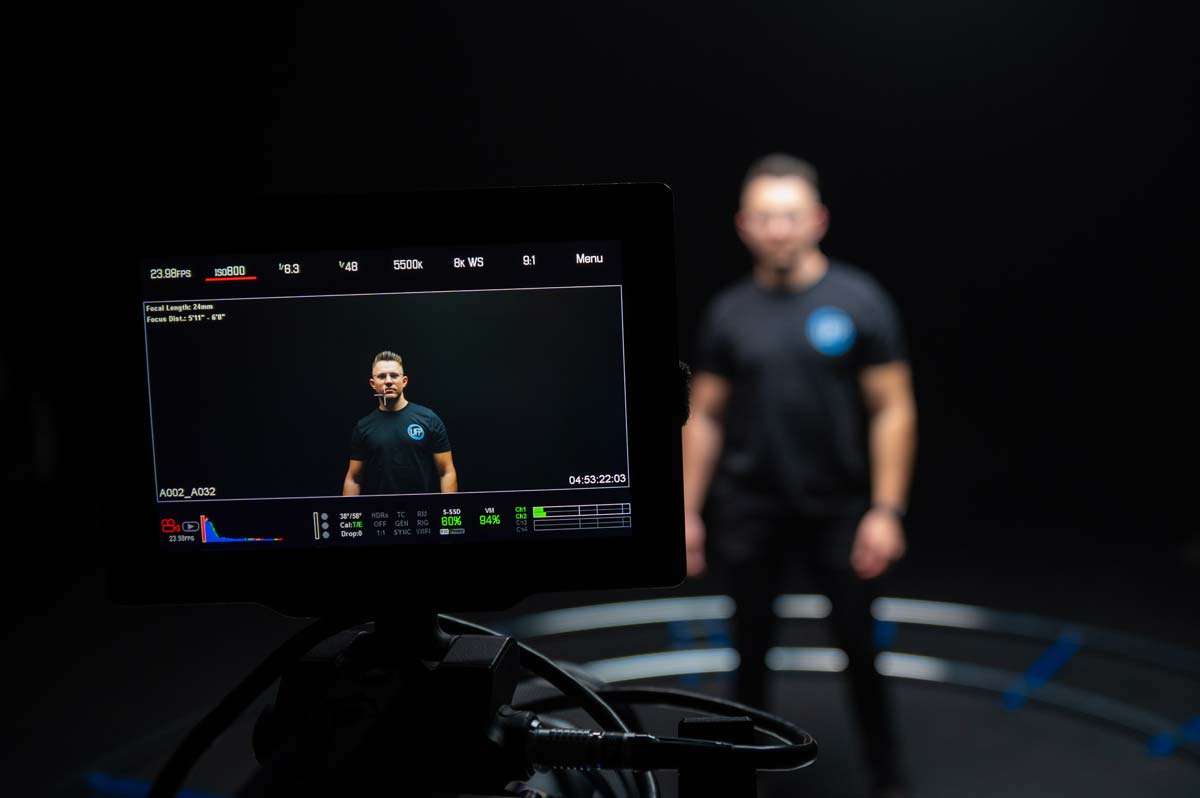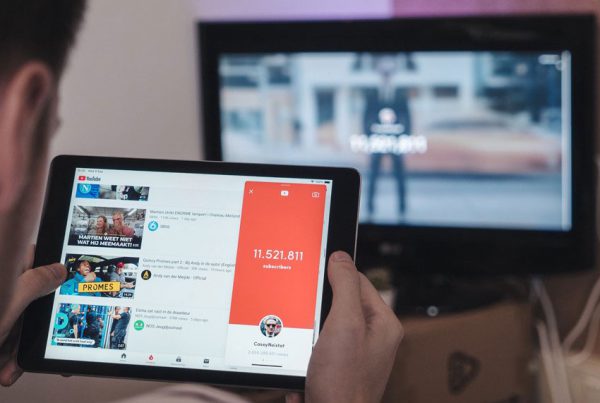What is Livestreaming?
Livestreaming is the real-time broadcast of video content over the internet using high-definition (HD) cameras. It allows businesses to engage with their audience through live video experiences.
Types of Livestreaming Videos That Can Help Your Business
- Behind-the-Scenes Content: Show how your products are made or introduce your team to humanize your brand.
- Exclusive Sneak Peeks: Offer previews of new products or services to build excitement.
- Tutorials and How-Tos: Provide valuable content that aligns with your brand, like a cooking demo for a kitchenware brand.
- Live Q&A Sessions: Answer questions in real time to build trust and rapport with your audience.
Setting Up a Livestreaming Event
Planning and Preparation
- Trial Run: Test your livestream to identify and fix potential issues.
- Equipment Check: Ensure you have an HD camera (even a smartphone works), a strong internet connection, and a stable setup.
- Visual Appeal: Test lighting and backdrop to ensure they are attractive and professional.
Choosing a Platform
- Social Media Platforms: Utilize platforms like YouTube, Facebook, Instagram, and X, which have built-in livestreaming capabilities.
- Your Website: Embed the livestream on your site to drive traffic and potential conversions. Create a dedicated landing page for sign-ups and reminders.
Promoting the Event
- Social Media and Content Calendar: Integrate livestream promotion into your social media strategy and content calendar.
- Email Marketing: Send out reminders and build up your email list through sign-up forms.
- Landing Page: Create a landing page for your livestream event to capture emails and send reminders.
Engaging Your Audience
Authenticity and Interaction
- Stay True to Your Brand: Livestreams should reflect your brand’s identity and not be overly sales-focused.
- Interactivity: Use live chat to engage with viewers. Have someone monitor and respond to comments and questions in real-time.
Providing Value
- Unique Content: Offer content that viewers can’t find elsewhere, like exclusive interviews or behind-the-scenes footage.
- Useful Tutorials: Share practical advice and demonstrations that align with your brand’s expertise.
Leveraging Livestreams Post-Event
- Repurpose Content: Post the recorded livestream on social media, your website, and in email campaigns.
- Track Metrics: Measure success by tracking views, comments, shares, and new email sign-ups. Analyze engagement metrics and conversions resulting from the livestream.
Livestreaming Checklist
- Content Ideas: Plan engaging and relevant content.
- Promotion Strategy: Schedule promotions across various channels.
- Equipment: Ensure you have an HD camera and a strong internet connection.
- Platform Research: Decide where to host your livestream (social media, your website, etc.).
By effectively planning, promoting, and executing your livestreaming events, you can create engaging experiences that build brand affinity and drive business growth.





